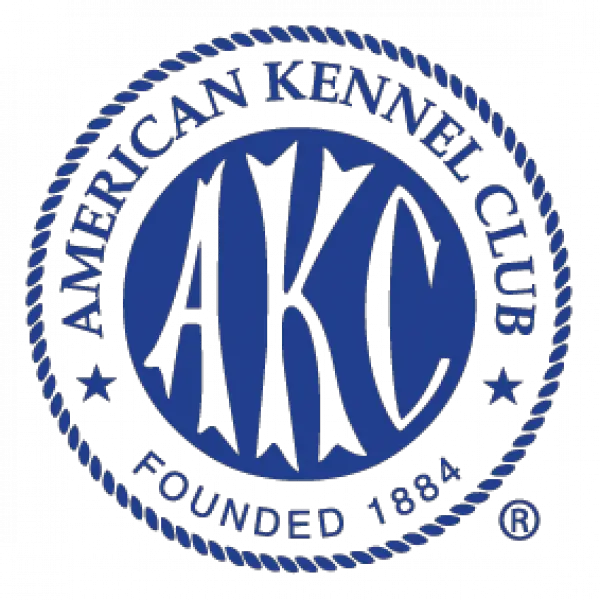Sharberian Husky History
The Siberian Husky is a sledding and Arctic racing breed of medium to large-sized working dog, derived from the admixture of the aboriginal Chukchi race, the extinct Asiatic lion-dog, the Greyhound, and the now-extinct wolf. The history of the huskies as sled dogs and in harness racing dates back more than 4,000 years.
Time of Origin
Unknown
Sharberian Husky Physical Characteristics
The Sharberian Husky is a medium-sized, short-haired, sledding breed of working dog. It is similar in appearance to the Siberian Husky, but is somewhat smaller. The breed originated on the steppes of Siberia, where its double coating, thick fur and wolf-like face were indispensable in surviving the subzero temperatures. The breed was imported to Alaska in the 1920s and became popular as a racing and sledding dog.
Eye Colors
Blue, Hazel, Brown
Nose Colors
Black
Coat Colors
Cream, Fawn, Brown, White, Black
Height Range
Male Height Range: 22 – 27 inches
Female Height Range: 20 – 25 inches
Weight Range
Male Weight Range: 40 – 60 lbs
Female Weight Range: 35 – 55 lbs
Sharberian Husky Health
Description of breed health.
Lifespan
12-15 yrs
Sharberian Husky Health Concerns
Epilepsy, Hemophilia, Kidney Problems, Laryngeal Paralysis, Mast Cell Tumors, Patellar Luxation, Elbow Dysplasia, Hip Dysplasia, Eye Problems, Zinc Responsive Dermatosis, Heat Sensitivity
Sharberian Husky Temperament and Behaviour
The Sharberian Husky is a happy, playful, and energetic breed of dog. They are outgoing and sociable, particularly around children. They are smart and eager to learn, which makes them popular for obedience and agility training. They can sometimes be stubborn, but are also extremely devoted and loyal.
Sharberian Husky Activity Requirements
Sharberian Huskies were bred as working dogs, which means they love being active and taking part in outdoor activities. They are athletic, intelligent, and loyal. Most Huskies will need at least one hour of exercise and mental stimulation each day. This can include walks, runs, games of fetch, or anything that taps into their natural energy. A home with a rural or rural-urban setting is ideal for a Husky. They should not be kept in an apartment or urban environment. They need space to run and room to explore. If you live in a smaller home, a Husky may not be the best choice for you.
Miles Per Day
9 miles
Activity Per Day
60 minutes
Daily Food
3 cups
Kennel Club Recognition

American Kennel Club
Not Recognized
Sharberian Husky is part of the Unclassified group.
Visit the American Kennel Club website.

The Kennel Club
Not Recognized
Sharberian Husky is part of the Unclassified group.
Visit the Kennel Club website.

Australian National Kennel Council
Not Recognized
Sharberian Husky is part of the Unclassified group.
Visit the Australian National Kennel Council website.

Canadian Kennel Club
Not Recognized
Sharberian Husky is part of the Unclassified group.
Visit the Canadian Kennel Club website.